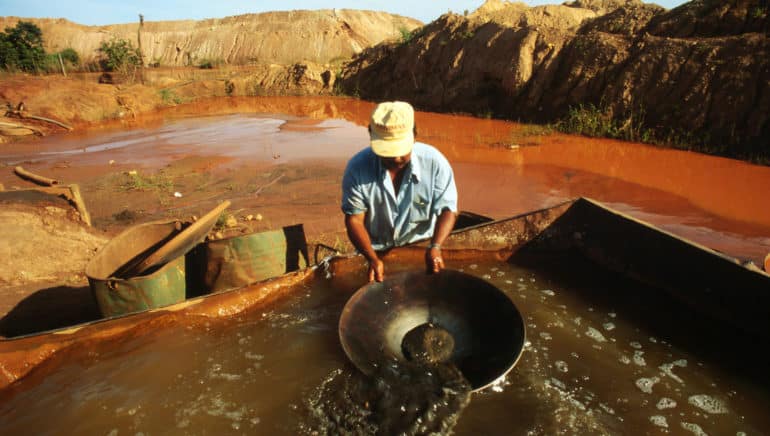In order to produce gold, bauxite, copper, nickel, tin, tantalum, wolfram, and other metallic commodities, forests are cleared, rivers poisoned, people exploited, and entire ecosystems destroyed. Irresponsible production practices in mining have become one of the most significant threats to the environment of our times.
Why are some commodities referred to as conflict minerals?
Metal commodities have become an integral part of our lives. They are in cars, houses, mobile phones, and are also appreciated as investment. However, the globally growing consumption, driven by the rapid distribution of electronic items, has for years now caused rising demand with a bitter aftertaste: human rights violations, armed conflicts, hazardous working conditions, and environmental destruction are a daily occurrence in the production of these commodities across the entire value chain. That’s why they are called conflict minerals.
Where are these conflicts caused by mining most visible?
When vast stretches of land are transformed – especially when large areas of forest are cleared for surface mining. In Brazil alone, almost 10% of Amazonas rainforest disappeared from 2005 to 2015. At the same time, people are invading areas where nature was previously untouched. Streets, rail tracks, dams, and power lines are built in order to create the infrastructure for the mining operations.
Mining thus destroys a growing area of settlement and agriculture – a development with catastrophic consequences for mankind and nature.
About the author:
Georg Scattolin holds a Master in Zoology and Ecology from Vienna University. Prior to joining the WWF in 2005, he had gained experience in the fields of zoology, ecology, environmental education, and environmental protection through various activities at Vienna University, Natural History Museum Vienna, and the International Commission for the Protection of the Danube.
2005 to date: employed at WWF Austria. 2006: Deputy Head of the Team for Sustainable Consumption at WWF Austria; 2006-2008: Head of WWF Austria Engagement with marine issues and sustainable soy in the international team of WWF Austria; 2008-2011: Head of Sea Programme, stationed for six months at Papua New Guinea 2009/10; 2011-2019: Head of International Programme of WWF Austria; project participation in Latin America, South East Asia, in the South Pacific and in the Mediterranean region. From 2019 onwards: Head of Programme Field Global Solutions (International, Climate & Energy, Diet & Consumption).
Legal note:
Prognoses are no reliable indicator for future performance.

